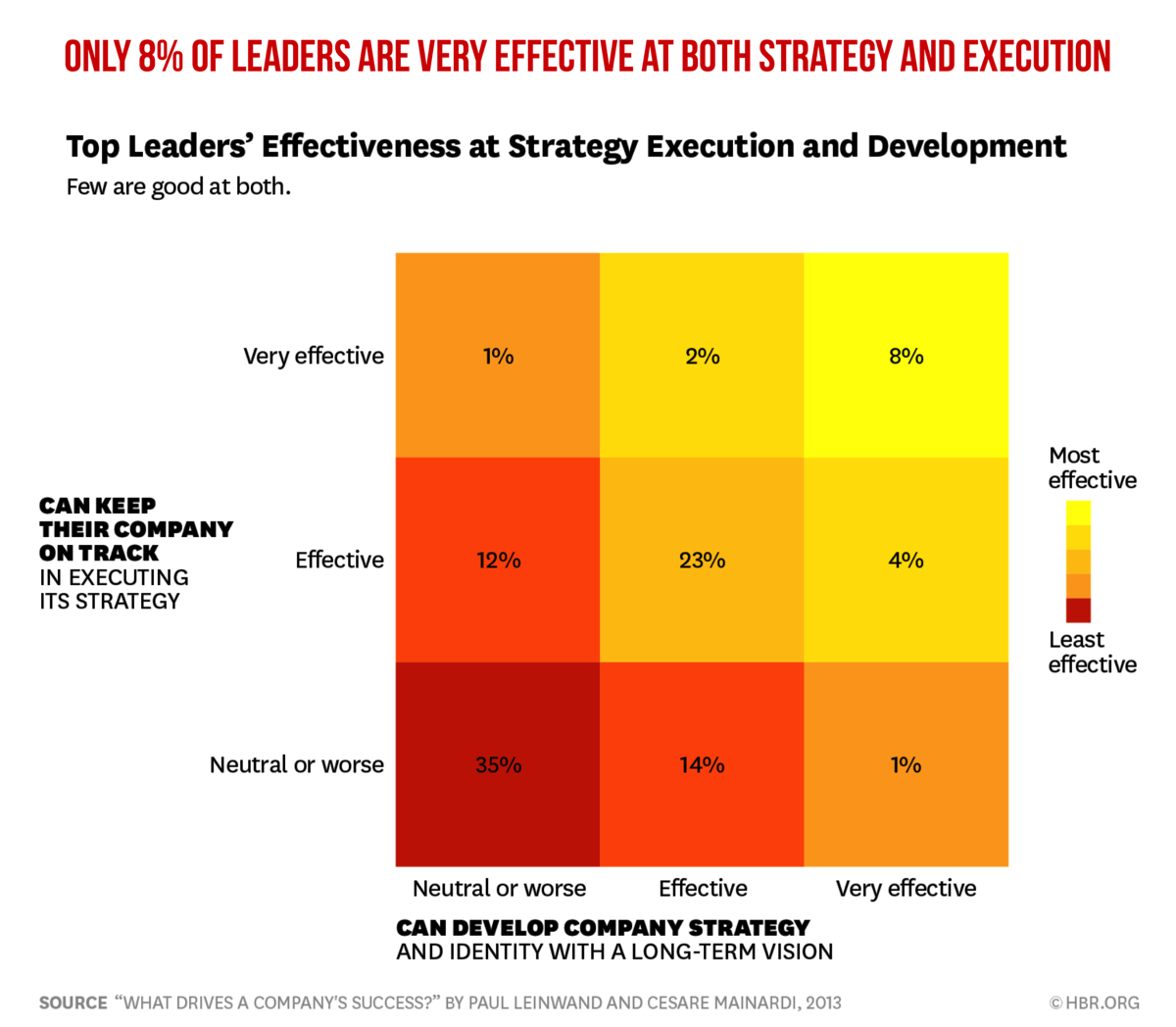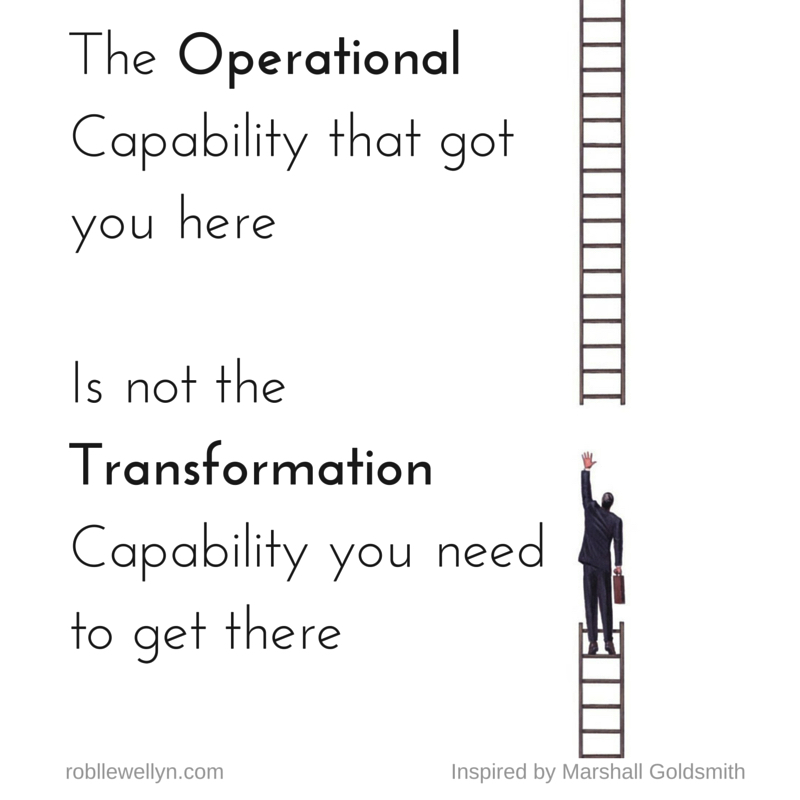 Well-informed leaders and managers know by now that the digital economy calls for them to innovate, digitise and transform their companies. Despite this, many struggle with knowing what and how to transform, which when not remedied, often produces disappointing outcomes and a lot of pain along the way.
Well-informed leaders and managers know by now that the digital economy calls for them to innovate, digitise and transform their companies. Despite this, many struggle with knowing what and how to transform, which when not remedied, often produces disappointing outcomes and a lot of pain along the way.
After all, transformation calls for a fine blend of strategy and execution. One without the other will not work, so when a Harvard survey reveals that only 8% of leaders are very effective at both strategy and execution, that should cause executives to ask; “what steps have we taken to ensure we are part of the elite 8%?”

Unlucky Characteristics
Here is an unlucky list of 13 characteristics found among troubled transformations:
1. Treating digital business transformation as a technology initiative;
2. Not understanding the difference between change and transformation;
3. Lack of readiness to transform at scale (i.e. beyond a few simple projects);
4. Thinking transformation is only about digitising marketing and operations;
5. Selecting technical solutions before transformation strategy is defined;
6. Not closing the capability gap between strategy and execution;
7. Launching initiatives without aligning to business outcomes;
8. Failing to measure and report non-tangible return on investment;
9. Insufficient transformation management capability;
10. Assuming operational teams are transformation experts;
11. Not embedding a pragmatic innovation process and structure;
12. Inadequate transformation governance;
13. Ineffective approach to mindsets, culture and organisational change.
This is by no means a full list of transformation challenges, but it does illustrate some common problems, which are easily avoided.
Research
Let’s consider the findings of some of the big names in research.
By 2020, 75% of businesses will be digital, or have digital business transformations underway. However, only 30% of those efforts will be successful.
– Gartner
Just 26% of respondents say the transformations they’re most familiar with have been very or completely successful.
– McKinsey
By 2018, 70% of siloed digital transformation initiatives will ultimately fail because of insufficient collaboration, integration, sourcing or project management.
– IDC
Only 30% of respondents are aligning technology or analytics with business outcomes well or extremely well.
– Genpact
By 2020, 60% of digital businesses will suffer major service failures due to the inability of IT security teams to manage digital risk.
– Gartner
Two Case Studies
Let’s consider two transformation disasters that could so easily have been avoided.
- The BBC saw digital transformation as a technical problem, not a cultural transformation. After the BBC canned a £100 million digital transformation in May 2013, PwC revealed that the failure was the result of a serious weakness in governance, programme management and reporting, and business change.
. - The Co-op Bank cancelled a major transformation programme, resulting in £300 million of investment being written off, adding to its already crippling capital shortfall. An independent report cited “destabilising changes to leadership, a lack of appropriate capability, poor co-ordination, over-complexity, under-developed plans in continual flux and poor budgeting”.
Both transformations were well-funded, but despite the involvement of strong technical teams and project managers, both initiatives suffered a lack of transformation management capability. This resulted in significant financial loss, multiple firings and the embarrassment of senior executives.
Read more about these two cases
It Need Not Be This Way
Digital business transformation doesn't have to be this way. Through an appreciation of what is illustrated in the image below, a readiness to learn how to take a holistic and integrated approach to both transformation strategy and execution, any organisation can innovate, digitise, and transform, in order to thrive in the digital economy.
You might also like: Transformation Needs World-Class Execution

